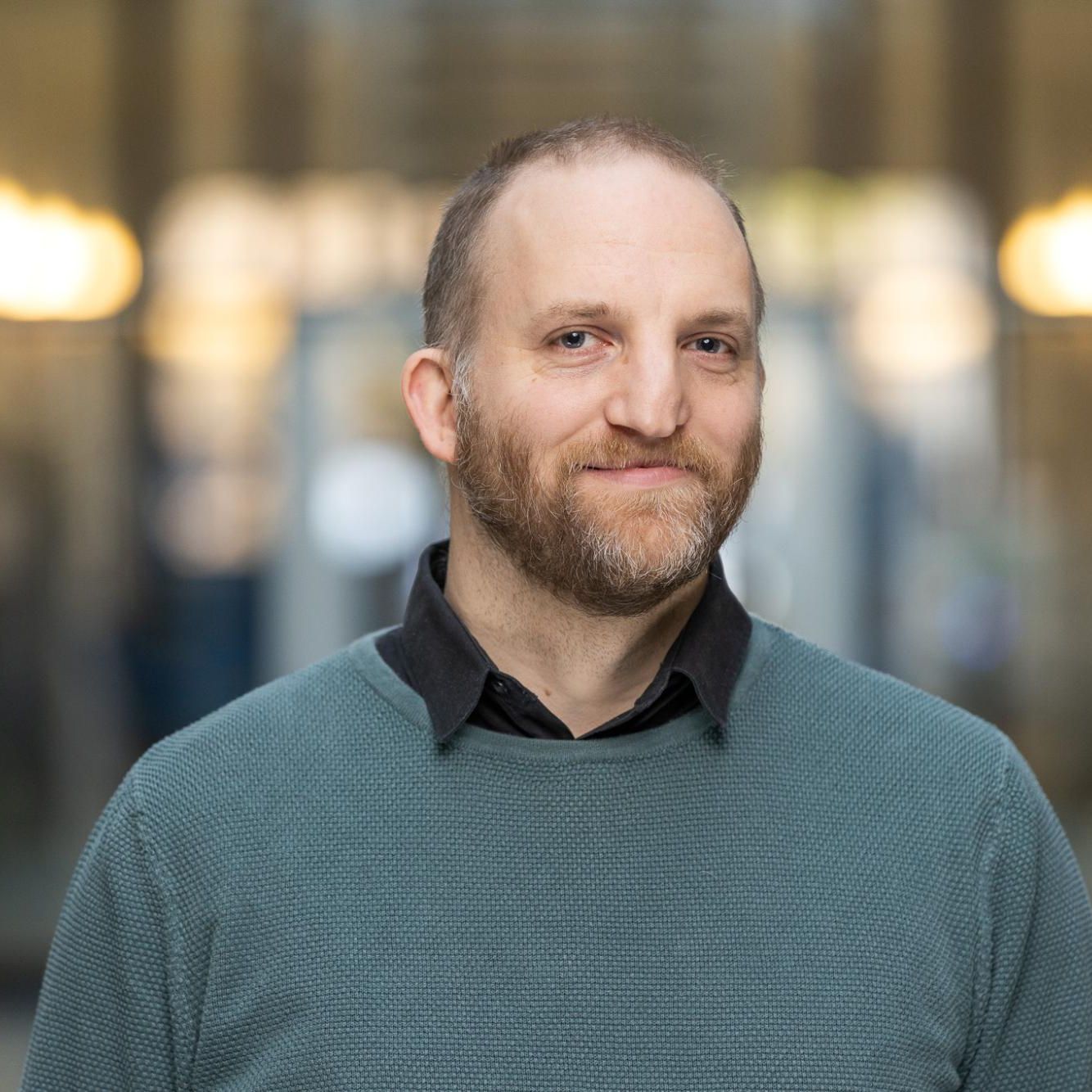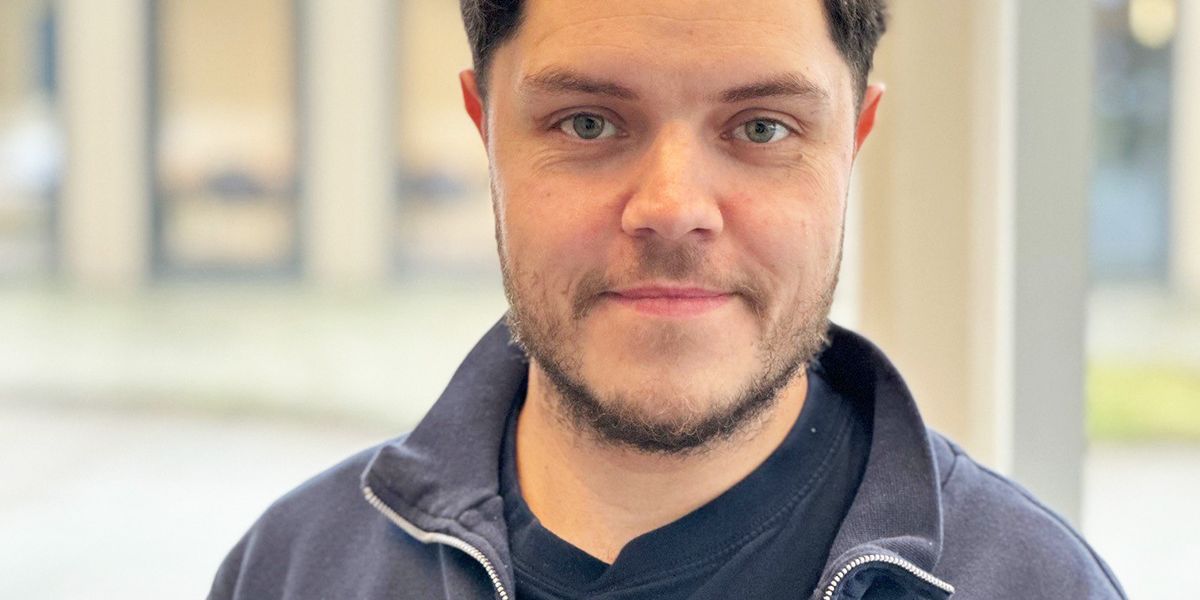.jpg)
.jpg)
"One of the first AI projects to be certified under EU standards."
Mechatronic system engineer Bas Vet
Read more
Maura Dantuma works as an optical engineer at Demcon focal and is involved in a research project involving the development of reliable recycling techniques for the textile industry. By using sensor-based techniques to accurately measure the properties of textile, textile waste can be carefully sorted and then recycled. This helps to reduce textile waste. In this versatile project, Maura is responsible for – among other things – gathering and analyzing data, presenting the results, and doing lab work.
‘The textile waste stream consists of different types of textile and, as such, does not meet the stringent requirements of recycling companies. These days, textile waste is manually sorted using the information on clothing labels, but these labels are not always reliable. The techniques we are trying to develop will eventually allow us to accurately measure the properties of each item, such as the type of clothing item, the weave of the fabric, and the fiber types that make up the material, such as wool, polyester, or cotton. We are also looking at the possibility of measuring the percentages of these fiber types in a piece of textile. With this information, the sorting process can be tailored to the buyer’s requirements: one may only want white textile, while another only wants fabrics that contain a certain percentage of cotton. By building a comprehensive database in which the properties of textile are recorded, we can gradually improve the quality and effectiveness of the sorting process. By expanding and further optimizing the database, we hope to eventually be able to map out all textile streams.‘
‘There is currently no system that can reliably measure the properties of textile. That tells you something about the complexity of this issue. The combination of textile types is particularly challenging. Pure cotton or pure polyester are fairly easy to identify, but when you’re dealing with a combination of fabrics, the percentage of each fiber type is much harder to determine. We conduct our measurements using various optical techniques in order to gather as much information as possible about the sample. With mixed fabrics, the light may first interact with one type of fiber and then with another. This results in behavior that is fairly difficult to understand and model, considering the large variety of available textile types. More complex combinations of fiber types, coatings, or coloring can complicate things even further! It is also very challenging to detect and recognize small quantities of a given fiber type, such as in a pair of jeans that consist of 98% cotton and only 2% elastane.’
‘I am especially proud of the developments we are going through with the project. During the initial phase, I built a proof-of-principle setup and used it to conduct measurements on textile samples. Next, I developed an algorithm to calculate the composition of the fabric based on the gathered data. During this process, it became clear that the mixed fabrics were more complex than we had initially thought. To overcome this hurdle, we modified the algorithm and it worked a lot better afterward. That was awesome!
Lastly, I love that I get to contribute to something with real impact at Demcon. Textile waste is currently sorted manually, but it can be done far more efficiently by utilizing various techniques. To effectively recycle textile waste, you have to know the exact composition of each item of clothing. This project can do wonders for the textile recycling sector.’
Project information
This research project is a collaboration between the Sustainable & Functional Textiles research group (Saxion University of Applied Sciences), Luminis (database realization), the TEXroad foundation, the Regional Textile Sorting Center Twente (RTT), Demcon systec and Demcon focal. The project is funded by Twente Board & the Province of Overijssel. Demcon focal is involved during various phases of the project.
.jpg)
.jpg)
Mechatronic system engineer Bas Vet
Read more

Assembly operator 2 Gino Folkers
Read more

Senior mechanical engineer Michiel Aarts
Read more

Senior software engineer Pieter Bijleveld
Read more